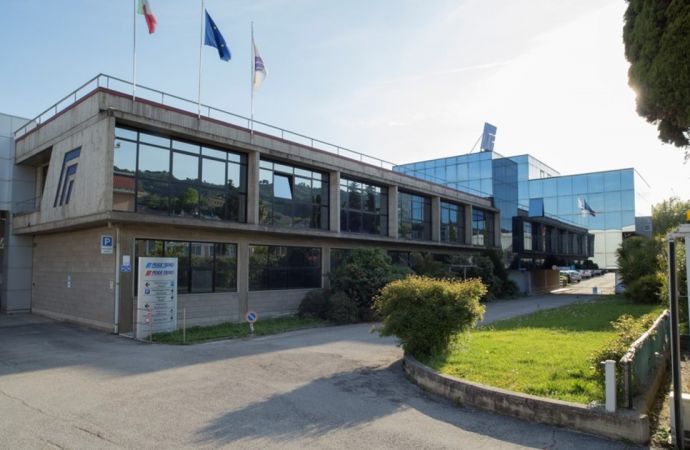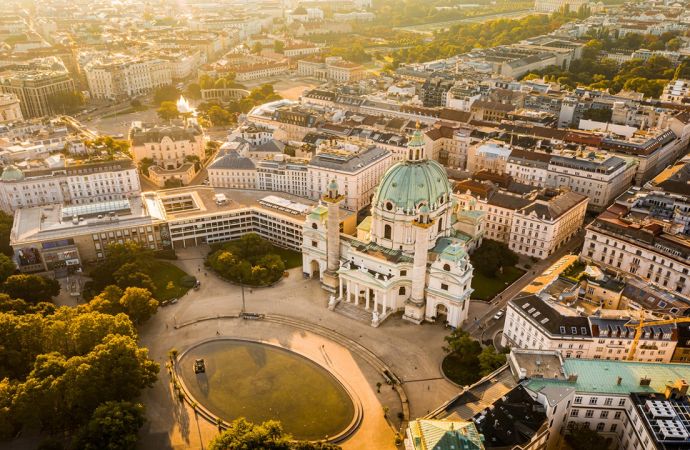The ATMOsphere Review Panel has selected the first and the second round of case studies to be presented at ATMO Europe 2018, taking place in Lago di Garda, Italy (19-21 November 2018).
_1530613183.jpg)
The ATMOsphere Review Panel has selected the first and the second round of case studies to be presented at ATMO Europe 2018, taking place in Lago di Garda, Italy (19-21 November 2018).
More case studies will be selected and announced in the coming weeks.
Click here to see the conference programme.
The selected case studies with ammonia–based technologies are:
Sainsburys | Low carbon frozen food storage facility
Sainsburys' new state of the art frozen food storage facility at Pineham Northampton replaces existing facilities at Elstree and Stone. The facility will be a single point of supply for frozen products to all its stores so the resilience of the refrigeration system is critical. The installation features an energy efficient ammonia refrigeration system designed with the necessary resilience required by any single point of supply. Also incorporated is a CHP that provides the baseline power requirements for the facility and the rejected heat from the CHP is recovered to an Absorption chiller.
The presentation will provide an overview of the refrigeration system and the resilience and energy efficiency features that have been incorporated into the design, and summarise the predicted energy and carbon that will be achieved.
GEA | Swedish district heating - world’s largest heat pump utilising the power of natural refrigerants
E.ON Sweden have chosen Frank's kylindustri as the installer of four GEA ammonia heat pumps each with 10 MW (1 MW = approx. 2,500 homes) heating capacity next to the sewage treatment and waste incinerator plant in the Malmö harbour area. The heat pump system withdraws nearly 30 MW of heat from the sewage water, which was previously sent directly to the sea thereby wasting the heat. The is now harvested from the clean wastewater. On average the wastewater is chilled from 14°C to 8°C and the energy harvested is upgraded to useful heat for the district heating network through the heat pumps. 40 MW of heat is being returned to the district heating network at around 66°C. The heat pumps will deliver 200 GWh per year which is 8% of the heating demand in Malmö. This will save 50,000 tons of CO2 emission, which is equal to the emission from 10,000 petrol cars taken off the roads.
To give the best efficiency of the plant ammonia has been chosen as the refrigerant in the heat pumps.
UNDP | Renovation of centralised air-conditioning system at a hospital with low-charge ammonia
This case study will present a demonstration project that was carried out within the framework of UNDP/GEF joint initiative that assisted in the renovation of a centralised air-conditioning system at the Republican Research Center of Emergency Medicine in Tashkent, Uzbekistan by replacing its outdated chillers running on ozone depleting HCFCs to an alternative, ozone-friendly and low charge ammonia refrigerant with zero global warming potential.
The ammonia chillers were selected based on a number of considerations including availability in the market of alternatives and energy efficiency. Key challenges associated with the selected technology were identified and its applicability explored.
Replacing the systems meant 156 kg of HCFC, including up to 78 kg leakages annually, were avoided. The ammonia chiller technology has reasonable payback cost and ineight years due to savings on energy consumption, the cost of installing the system will be paid back. The results of the demonstration project can used as a template for similar retrofit projects around the world.
Frigotherm Ferrari | Refrigeration plant with high temperature heat recovery from river water through double stage ammonia heat pump
Built for the Austrian manufacturer of snowboards CAPITA MFG / Freistritz a.d. Gail was an ammonia refrigeration plant combined with a double stage heat pump operating in a complex system in 2015. In their production facilities Capita needs simultaneously warm water at two temperature levels (40°C for room heating and 75°C for the machines in the production process, totally approx. 1300 kW) and refrigeration capacity for the cooling of the product prior to manufacturing and for the cooling of the production rooms. In order to balance the cold and warm energy the system uses river water to dissipate excess energy thereby delivering additional energy when needed.
Related stories



_1522327086.png)
